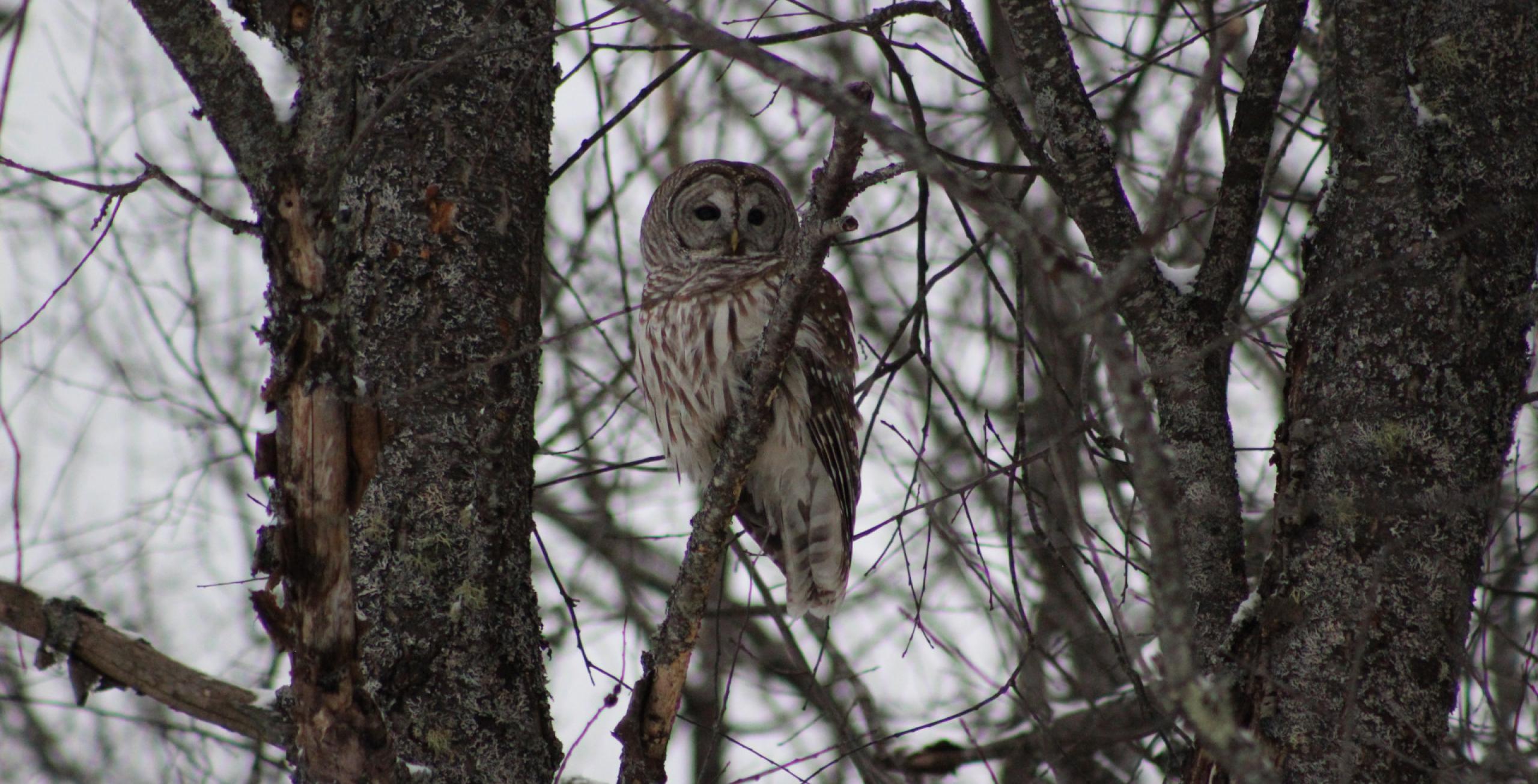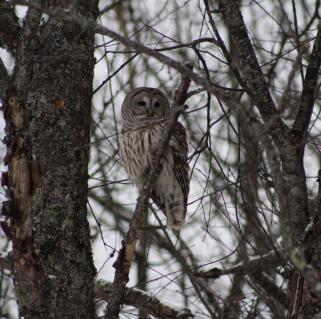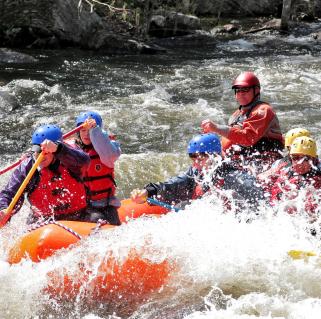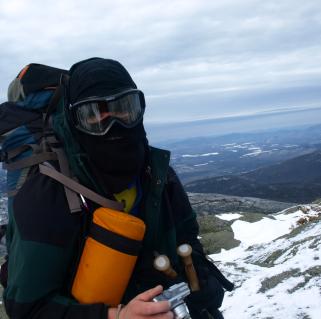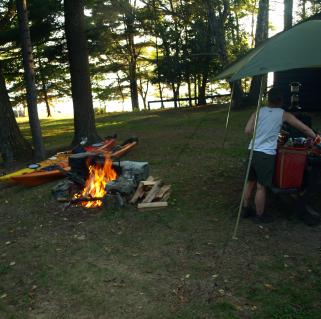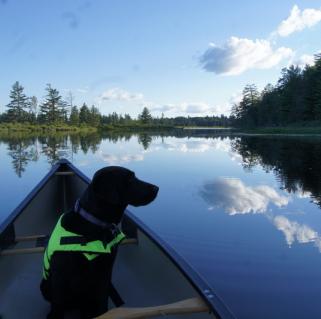Hamilton County, in the heart of the Adirondacks, is a birder’s dream - and for a whole lot of reasons! From cool places to stay to amazing food to incredible birding options and rare species, the Adirondack Experience is a great destination for birding, especially in the spring when migrations are happening and resident species are building nests and getting ready to welcome new life!
Hamilton County is the least populated county in New York, and luckily for birders that means there is plenty of room for avian residents. With about a million acres of woods, tens of thousands of acres of lakes and ponds, and large tracts of various kinds of wetlands there are more than enough places to look for northern birds.
And while all this wilderness means that Adirondack wildlife can often be seen along roadsides, here are three places where the chances of seeing amazing birds are much higher!
Ferd’s Bog
Located in the Pigeon Lake Wilderness, Ferd’s Bog is a 100 acre wetland that is home to particularly special bird species. Black-backed Woodpeckers, Boreal Chickadees, Canada Jays, Ruffed and Spruce grouse, and various warblers, flycatchers, and sparrows can be found here. If you're lucky, you might catch a glimpse of the ultra-rare American Three-toed Woodpecker. This boreal bird is hardly ever seen, but Ferd's Bog is one of the few places it's been reported within the Adirondacks in the last ten years.
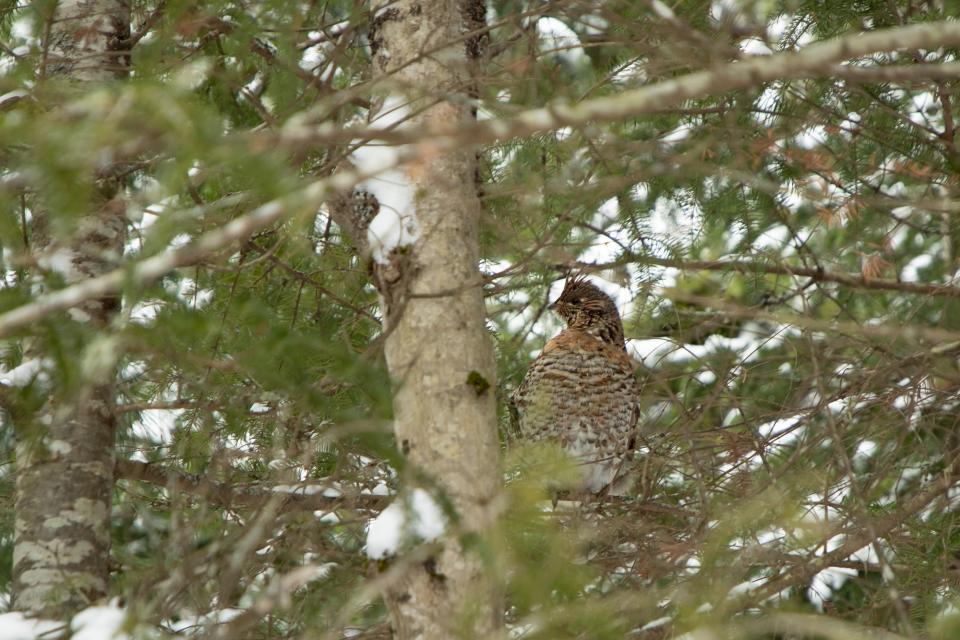
Ferd’s Bog also offers ease of access, and includes a viewing platform, a short hiking trail, and a floating walkway that allows birders to reach the middle of the bog without damaging the rare plant life. Located just a few miles from Inlet, Ferd’s Bog and Inlet make a great day trip or weekend getaway.
Sacandaga Pathway
Behind the town park in Speculator is the Sacandaga Pathway, a mix of trails and boardwalk, that lead to the side of the Sacandaga River. There is a total of 1.5 miles of trails, and the 800-yard boardwalk is wheelchair accessible.
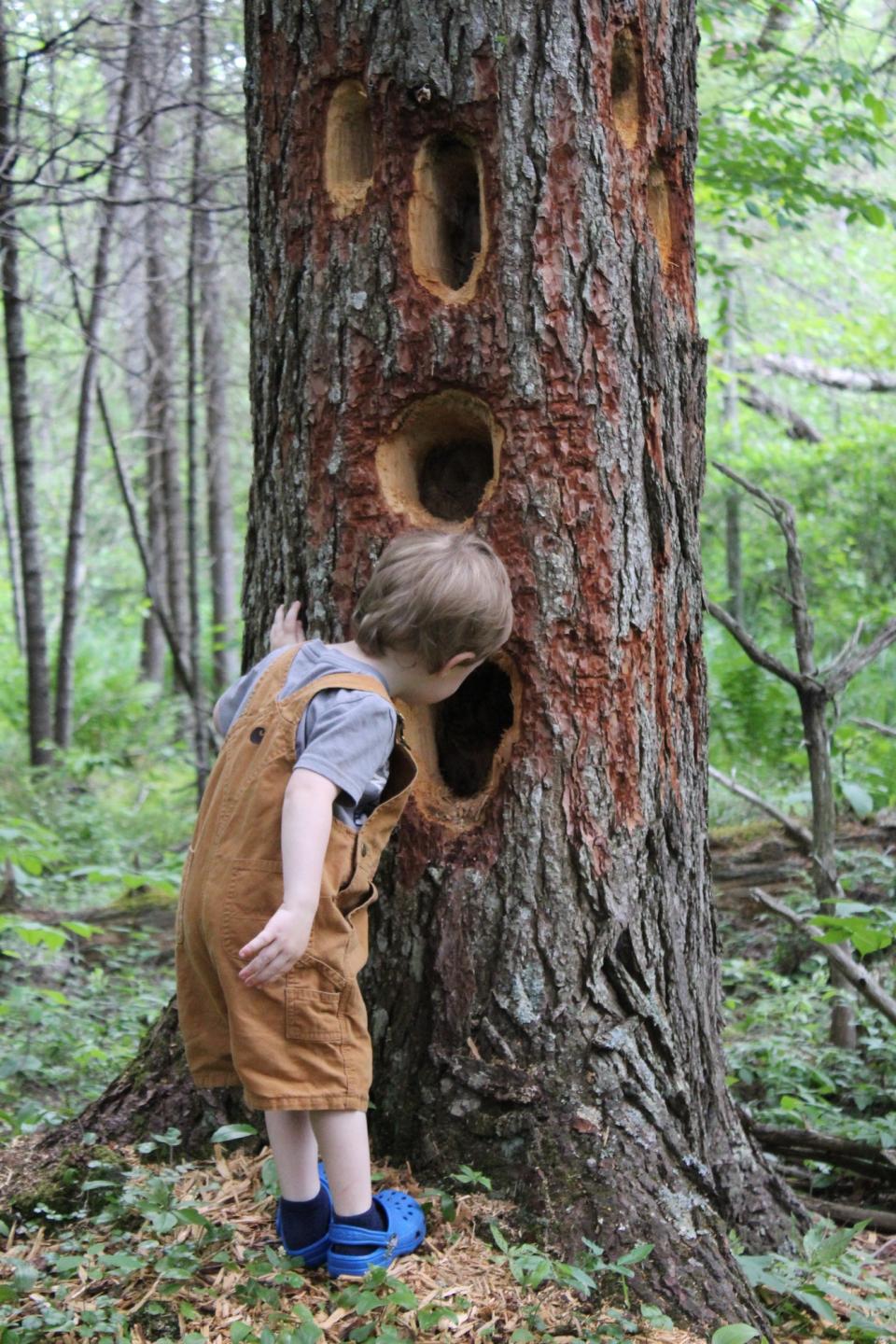
On top of great scenery, informational plaques, and a variety of habitats, there are a wide variety of birds to be found. Ducks, geese, and herons can be seen from the viewing platform most of the time, and a variety of hawks and woodpeckers also call the area home.
William C. Whitney Wilderness
Depending on when in the spring you come to Hamilton County and the weather, you could find iced-over lakes or open water that is a deep cobalt blue. Iced-over lakes don’t offer birders much, but if the water is starting to open up then a whole new world of avian species appears.
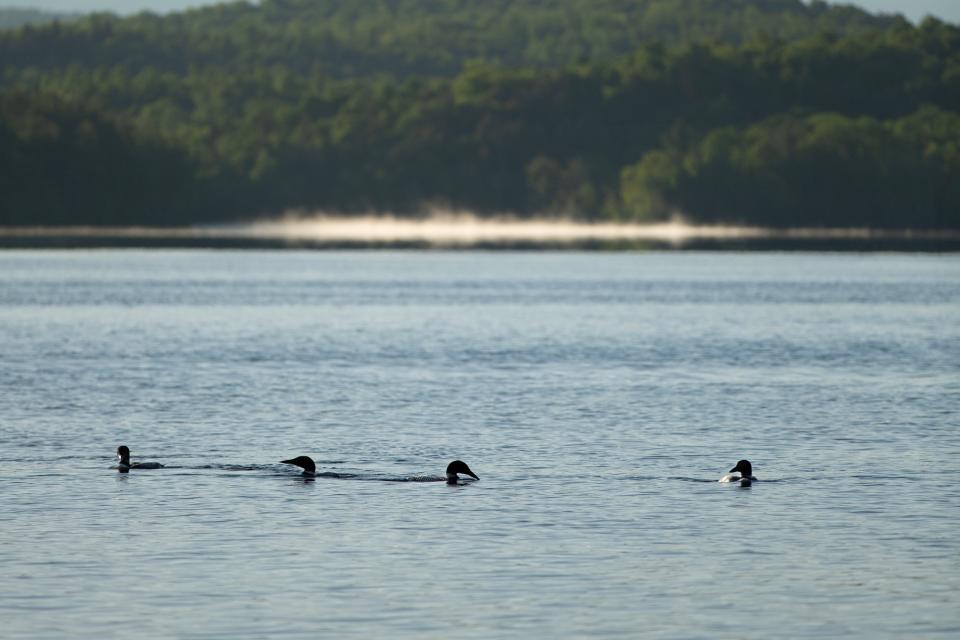
In the William C. Whitney Wilderness Area, north of Long Lake, there is easy access to Little Tupper Lake, and a short walk will lead to the nearby Lake Lila. Both of these bodies of water are home to Common Loons, herons, and Bald Eagles. Birds can be seen from shore or canoes and kayaks can be launched/carried - but remember that the water will still be very cold and life preservers and other safety measures should be taken if hitting the water.
No matter what time of year you want to experience the birds of the Adirondack Experience, be sure to plan your stay today!

